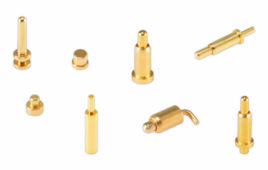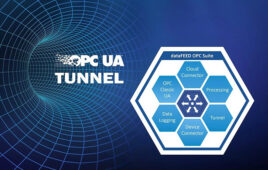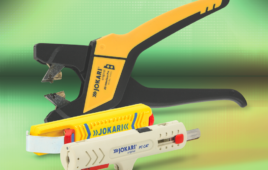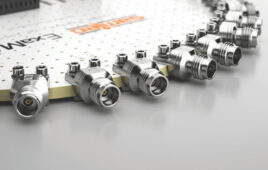The first practical results of the machinery initiative, launched jointly by Sercos International, ODVA, and OPC Foundation in April 2011, were announced at the 2012 Hannover trade fair.
The recent deliberations focused on how to implement a joint network infrastructure in which the different network protocols can coexist and the devices of different manufacturers can operate together. This approach is intended to support mechanical engineers in reducing the complexity and costs of device integration in machines and systems. It also enables you to select preferred product providers and to use your devices.
Because the infrastructure required for EtherNet/IP and Sercos III includes the physics and data link layers of Ethernet, Sercos telegrams, CIP messages and TCP/IP messages can coexist within a network without requiring additional cables. To keep the cyclical and clocked communication of Sercos III intact, the CIP messages and TCP/IP messages are transmitted in the Unified Communication Channel (UCC). This channel sits directly on the Ethernet layer without tunneling, allowing users who do not have Sercos III to support a different Ethernet-based protocol.
This approach allows the combination of Sercos III devices, EtherNet/IP devices and other Ethernet devices in a joint network infrastructure in a machine or system. The existing Sercos III and EtherNet/IP specifications do not have to be modified, as the respective communication mechanisms have already been integrated in the Sercos III transmission process.
By late 2012, the providers aim to create an implementation guide that describes the planning and set-up of such multi-protocol networks. Initial prototypes are expected to be presented at the SPS/IPC/DRIVES 2012 show as a demo system.
Sercos
www.sercos.com
::Design World::
Filed Under: Ethernet — cables • hubs • switches, CONNECTIVITY • fieldbuses • networks





Tell Us What You Think!